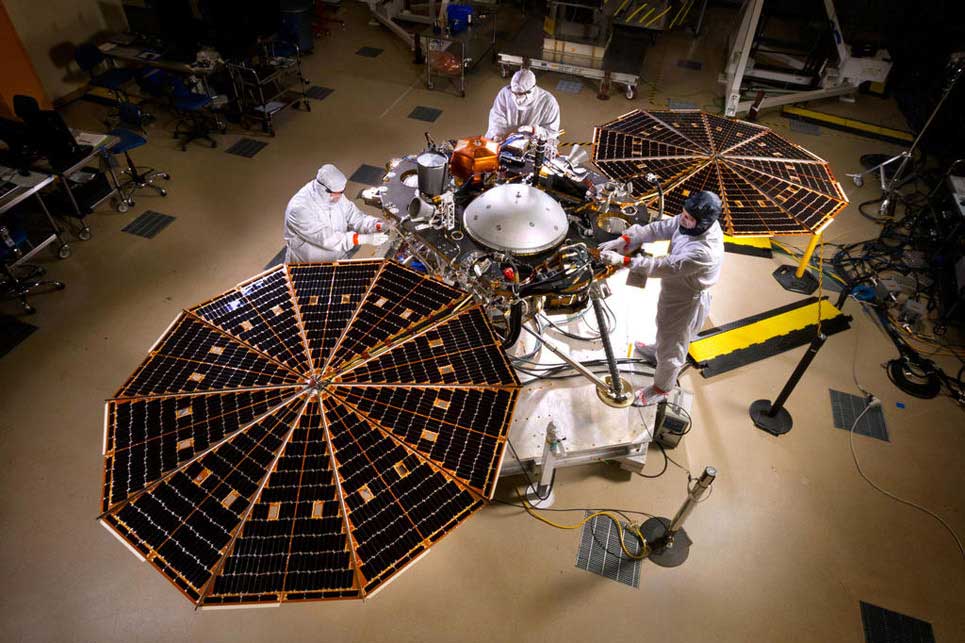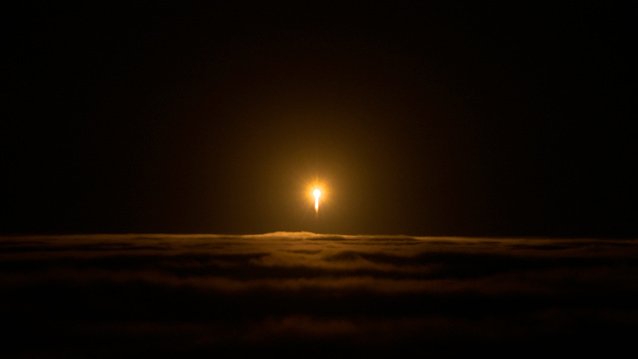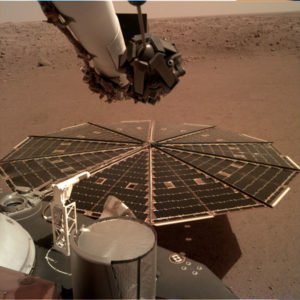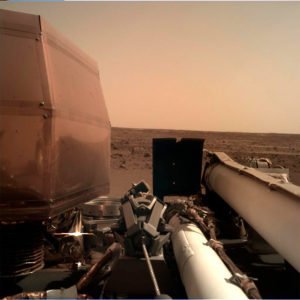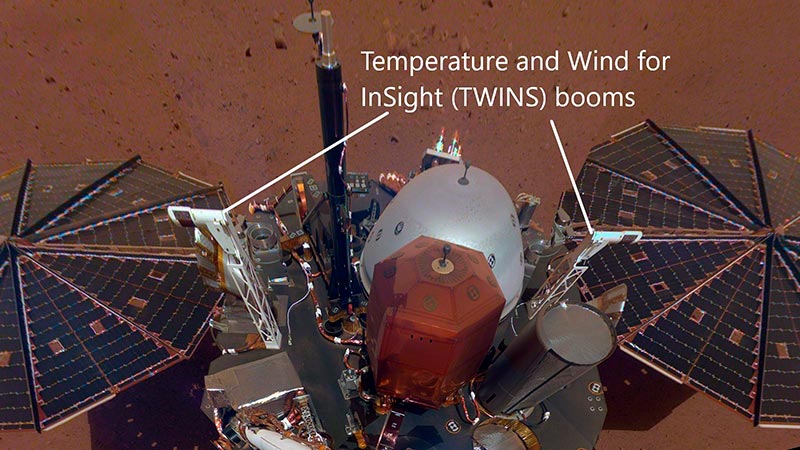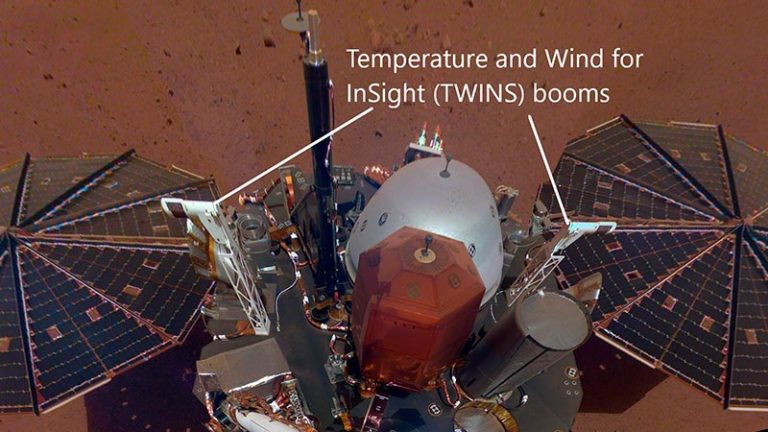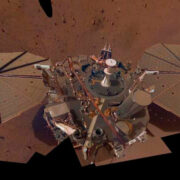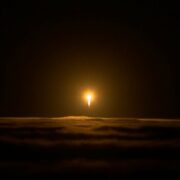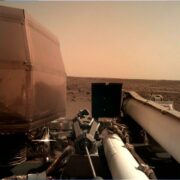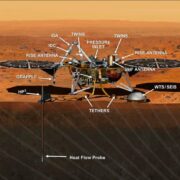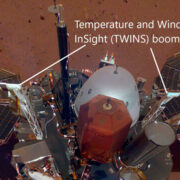Mission launch: 05/05/2018
Landing on Mars: 26/11/2018
Landing Site: Elysium Planitia
Principal investigator: José Antonio Rodríguez Manfredi
The InSight mission (Interior exploration using Seismic Investigations, Geodesy and Heat Transport) is a mission of NASA’s Discovery Programme for the exploration of Mars.
The mission will help to understand the processes that shaped the rocky planets of the Solar System (including Earth) more than 4,000 years ago. It is the first mission to study the interior of Mars.
Centro de Astrobiología is part of the mission with the TWINS (Temperature and Wind Sensors for InSight mission) environmental station. TWINS has been designed at the Centro de Astrobiología in collaboration with CRISA and is designed to support one of the mission’s instruments, the SEIS (Seismic Experiment for Interior Structure) instrument, which will measure seismic movements and meteorite impacts on Mars.
Each TWINS boom consists of two sensors, one for temperature and one for wind, in the shape of a mast that continuously monitor the environmental conditions in the InSight landing area.
Other instruments that are part of InSight are the HP3 (Heat flow and Physical Properties Package) and the RISE (Rotational Interior Structure Experiment) instrument. HP3 checks the heat flow from the interior of the planet to the surface, while RISE measures the oscillations in Mars’ rotation to try to reveal whether it has a molten or solid core.
